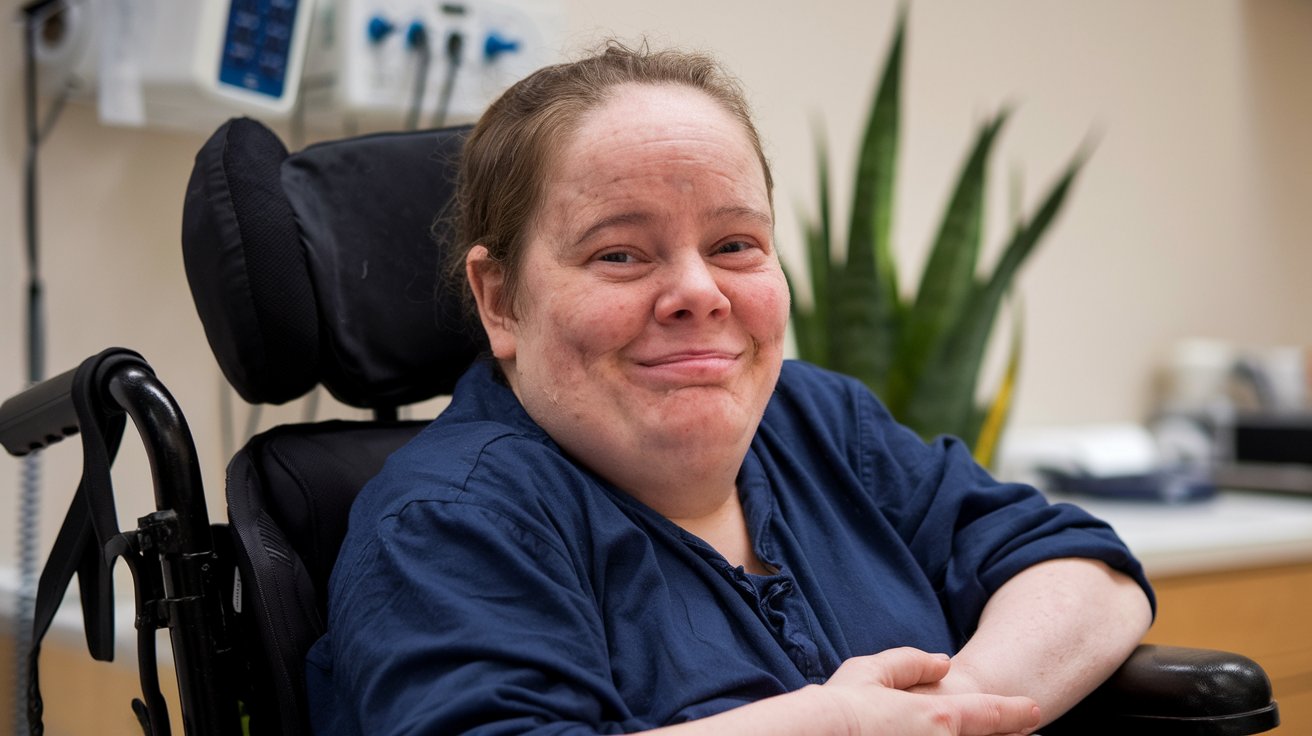
Congenital Muscular Dystrophy (CMD) Syringomyelia might sound like a mouthful, but understanding it can be simpler than you think. This rare condition combines two complex disorders: CMD, a group of genetic diseases causing muscle weakness and degeneration from birth, and Syringomyelia, a disorder where a cyst forms within the spinal cord. Why is this important? Because knowing the facts can help those affected and their families navigate challenges better. In this post, we'll break down 25 key facts about CMD Syringomyelia, covering symptoms, causes, treatments, and daily life tips. Ready to learn? Let's dive in and make sense of this condition together.
Key Takeaways:
- Congenital Muscular Dystrophy Syringomyelia is a rare genetic disorder causing muscle weakness and spinal cord issues. Early diagnosis and support are crucial for managing the condition effectively.
- Understanding the symptoms and genetic factors of CMDS can help families seek appropriate testing and treatments. Support groups and assistive devices can enhance the quality of life for those affected.
What is Congenital Muscular Dystrophy Syringomyelia?
Congenital Muscular Dystrophy Syringomyelia (CMDS) is a rare genetic disorder affecting muscle function and spinal cord development. This condition combines features of muscular dystrophy and syringomyelia, leading to unique challenges for those affected.
-
CMDS is a genetic disorder present at birth, meaning it is inherited from parents.
-
Muscular dystrophy in CMDS leads to progressive muscle weakness and degeneration.
-
Syringomyelia involves the formation of a fluid-filled cyst (syrinx) within the spinal cord.
-
The combination of these conditions makes CMDS particularly complex to manage.
Symptoms of Congenital Muscular Dystrophy Syringomyelia
Symptoms of CMDS can vary widely, but they typically involve both muscular and neurological issues. Understanding these symptoms is crucial for early diagnosis and management.
-
Muscle weakness is a primary symptom, often noticeable in infancy.
-
Delayed motor milestones such as sitting, standing, and walking are common.
-
Spinal deformities like scoliosis can develop due to muscle weakness.
-
Respiratory issues may arise from weakened chest muscles.
-
Neurological symptoms include pain, numbness, and weakness in the limbs.
Causes and Genetic Factors
CMDS is caused by mutations in specific genes. These genetic factors play a crucial role in the development and progression of the disorder.
-
Mutations in genes responsible for muscle function and spinal cord development cause CMDS.
-
The condition is often inherited in an autosomal recessive pattern, meaning both parents must carry the mutated gene.
-
Genetic testing can identify the specific mutations involved.
-
Prenatal testing is available for families with a history of CMDS.
Diagnosis of CMDS
Early and accurate diagnosis is essential for managing CMDS effectively. Various diagnostic tools and techniques are used to identify the condition.
-
Clinical evaluation includes a thorough physical examination and medical history review.
-
Genetic testing confirms the diagnosis by identifying specific gene mutations.
-
MRI scans can detect syringomyelia and assess spinal cord abnormalities.
-
Muscle biopsies may be performed to examine muscle tissue under a microscope.
Treatment and Management
While there is no cure for CMDS, various treatments and management strategies can improve quality of life for those affected.
-
Physical therapy helps maintain muscle strength and flexibility.
-
Occupational therapy assists with daily activities and adaptive techniques.
-
Respiratory support such as ventilators may be necessary for severe cases.
-
Surgical interventions can address spinal deformities and syringomyelia.
-
Medications may be prescribed to manage pain and other symptoms.
Living with CMDS
Living with CMDS requires ongoing care and support. Understanding the challenges and resources available can make a significant difference.
-
Support groups provide emotional and practical support for families.
-
Assistive devices like wheelchairs and braces can enhance mobility and independence.
-
Regular medical follow-ups are essential to monitor and manage the condition effectively.
Final Thoughts on Congenital Muscular Dystrophy Syringomyelia
Congenital Muscular Dystrophy Syringomyelia (CMDS) is a rare condition that affects muscle function and spinal health. Understanding CMDS helps in recognizing symptoms early, leading to better management. Key facts include its genetic basis, the importance of early diagnosis, and the variety of symptoms that can appear. Treatments focus on improving quality of life, often involving physical therapy and sometimes surgery.
Awareness and research are crucial for those living with CMDS. Families and caregivers play a vital role in providing support and seeking appropriate medical care. While challenges exist, advancements in medical science offer hope for better treatments and outcomes.
By staying informed and advocating for continued research, we can contribute to a brighter future for individuals with CMDS. Knowledge empowers us to make a difference in the lives of those affected by this condition.
Frequently Asked Questions
Was this page helpful?
Our commitment to delivering trustworthy and engaging content is at the heart of what we do. Each fact on our site is contributed by real users like you, bringing a wealth of diverse insights and information. To ensure the highest standards of accuracy and reliability, our dedicated editors meticulously review each submission. This process guarantees that the facts we share are not only fascinating but also credible. Trust in our commitment to quality and authenticity as you explore and learn with us.
